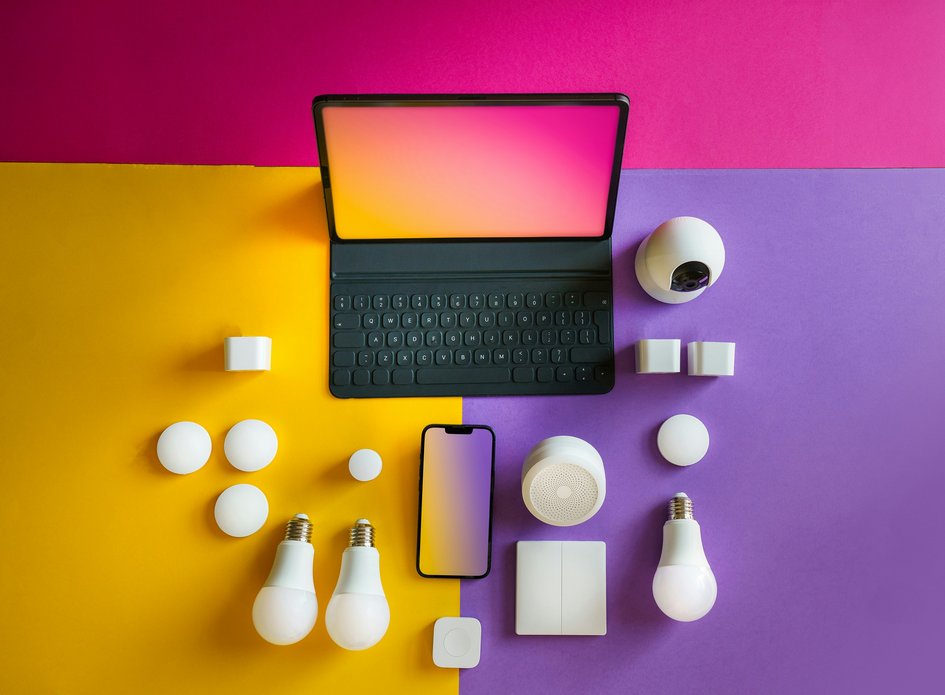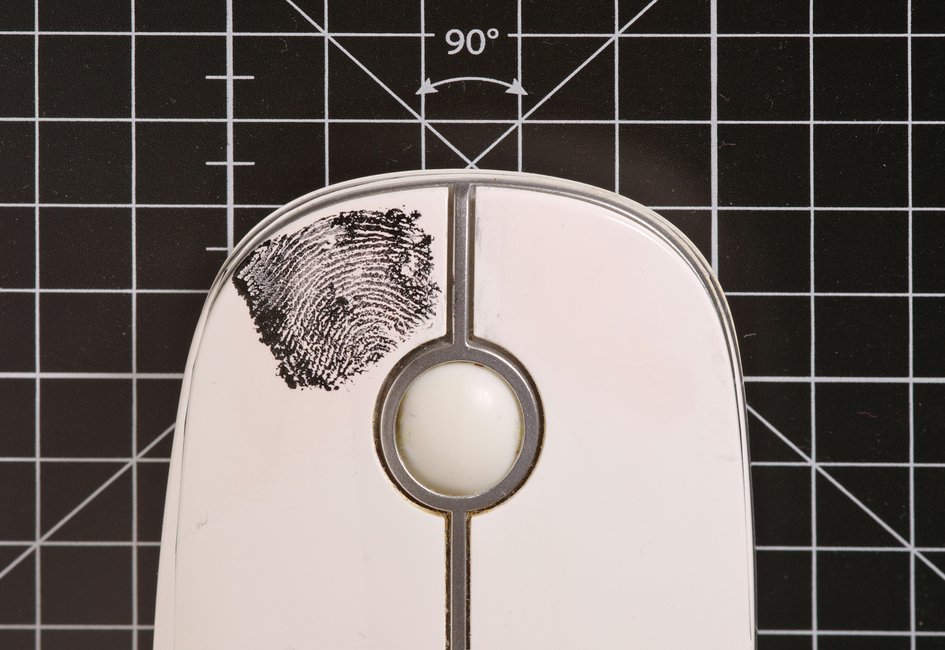SmartHome Forensics
In this research project, devices and data from the smart home are to be used to support investigative work in criminal cases.
Project profile
Aims of the research project
- Analysing smart home devices for their relevance in police investigations
- Automated detection of relevant devices at the crime scene (camera, radio, etc.)
- Proof of added value through the evaluation of digital traces
- Risk assessment with regard to targeted evidence gathering
- Establishment of a permanent SmartHome forensics laboratory
Basic data of the project
- Project scope: 495,250.00 euros
- Duration: 24 months (from 1 September 2024)
- Co-funded by the European Union
Project partners
- Ostfalia University of Applied Sciences, Faculty of Electrical Engineering and Information Technology
- Innovation Hub of the Lower Saxony Police
Supporters of the project
- Prof. Dr Felix Freiling (FAU Erlangen)
- Agency for Innovation in Cybersecurity (Cyber Agency)
- Central Office for Information Technology in the Security Sector (ZITiS)
Basics and perspectives
The term SmartHome covers a wide variety of technologies that make your own home appear "smarter" and are intended to support everyday domestic life. The examples listed here are just a small selection:
- Heating thermostats that regulate the room temperature based on actual and setpoint values; possibly supported by additional sensors that recognise open windows, for example.
- Motion or presence detectors that control light, temperature and ventilation based on the presence detected. Control temperature and ventilation based on detected presence.
- Light sources that can be controlled via smartphone and can also be regulated in terms of brightness and colour, for example.
- Robot hoovers that explore the room independently and can be started either manually or automatically.
- Devices with voice input that allow certain functions (lights, shutters, music, etc.) to be controlled.
- Security technology such as glass breakage detectors, cameras, door contacts, ..
Your cookie settings have blocked this video.
Smart devices are becoming the standard
All these devices are networked via different technologies by radio or cable. The recorded data, which is used to control comfort functions, for example, is either forwarded to other devices in the local network or sent via a cloud connection, where it is stored and processed. There are also often hybrid approaches that rely on both local networking and enable additional functions via a cloud, although each manufacturer currently operates its own cloud infrastructures and different products are not always compatible.
The number of households with smart devices is increasing, as is the variety of different devices and technologies. In the near future, there will hardly be any non-smart devices without networking.

Forensics

The systematic investigation of criminal offences is known as forensics. In this project, devices and data from the SmartHome are to be used to support investigative work in criminal cases. It is therefore not directly about IT/cyber forensics, the task of which is to solve the intrusion into technical systems, but about using existing technical systems to solve "real" physical crimes (as opposed to cybercrime). No new devices are installed and no additional data is collected, but rather added value is created from the data produced by the existing devices in the (smart) household, thus linking existing data to new information.
Sensors from numerous IoT and smart home devices provide useful information and help to answer important questions, such as
- When was the last movement?
- Which devices were last operated?
- Were people present? If yes: When and how many?
- Are there any malfunctions that indicate tampering?
- Were there any deviations from normal behaviour?
Contact persons SmartHome Forensics
-
Prof. Dr. Felix Büsching
Professur für Microcontroller und Embedded Systems, Faculty of Electrical Engineering
Building A, Room A217, Wolfenbüttel

-
Prof. Dr.-Ing. Andreas Simon
Prodekan und Prüfungsausschussvorsitzender, Faculty of Electrical Engineering
Building A, Room A144, Wolfenbüttel
-
Prof. Dr.-Ing. Thorsten Uelzen
Building C, Room C011, Wolfenbüttel
Studiendekan
Professur für Wirtschaftsingenieurwesen Elektrotechnik, Fakultät Elektro- und Informationstechnik

